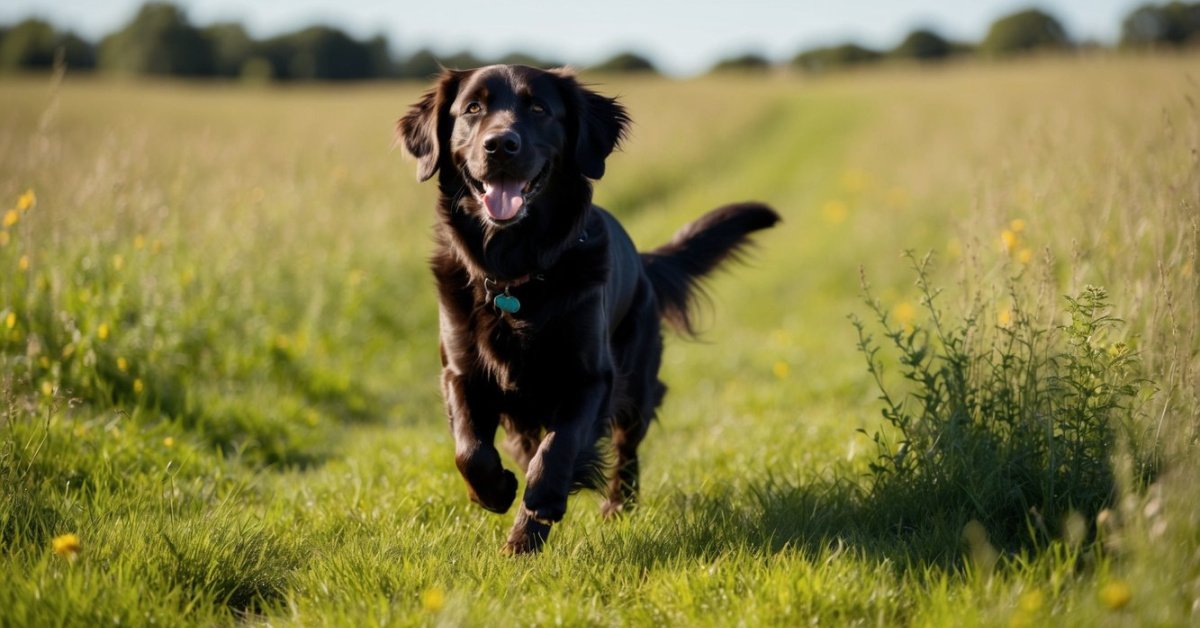Golden Retrievers are known for their friendly nature and unwavering loyalty, but that same devotion can lead to separation anxiety when they’re left alone. As a proud owner of one of these lovable companions, I’ve seen firsthand how distressing it can be for both my pup and me. Understanding their needs and feelings is crucial to creating a harmonious environment.
In this article, I’ll share some practical tips and strategies that have helped me manage my Golden’s separation anxiety. From training techniques to creating a comforting space, I’ll guide you through ways to ease your furry friend’s worries. Let’s dive into how we can help our beloved Goldens feel more secure when it’s time to part ways, even if it’s just for a little while.
Understanding Separation Anxiety in Golden Retrievers
Separation anxiety commonly affects Golden Retrievers due to their strong attachment to their owners. Recognizing the causes and signs of this condition helps create a supportive environment for these dogs.
Causes of Separation Anxiety
- Strong Bonding: Golden Retrievers thrive on companionship and may experience stress when separated from their owners.
- Changes in Routine: Sudden alterations in daily activities or significant life changes, such as moving homes or changes in family dynamics, can trigger anxiety.
- Lack of Socialization: Limited exposure to different environments and experiences can lead to fear and anxiety when left alone.
- Previous Trauma: Dogs with a history of abandonment or neglect may struggle with separation anxiety.
Signs to Look For
- Excessive Barking: Continuous barking while alone often indicates distress.
- Destructive Behavior: Chewing furniture or scratching doors can signal an anxious dog.
- Pacing: Dogs may walk in circles or back and forth, showing signs of nervousness.
- House Soiling: Accidents in the house might occur even if the dog is otherwise house-trained.
- Clinginess: A dog that follows you everywhere may struggle with being alone.
- Drooling and Vomiting: These physical symptoms often accompany anxiety when left alone.
Identifying these causes and signs enables me to respond appropriately, creating a calm and reassuring atmosphere for my Golden Retriever.
Preventive Measures
Creating a supportive environment can significantly reduce separation anxiety in Golden Retrievers. Implementing preventive measures like early socialization and effective training techniques lays the foundation for a happier, more confident dog.
Early Socialization
Early socialization involves exposing my Golden Retriever to various environments, people, and other animals. This exposure helps develop their confidence and adaptability. Before four months of age, I can introduce my puppy to different experiences through controlled outings like parks, pet-friendly stores, or puppy classes. Positive interactions during this time encourage trust and reduce fear of new situations later.
Training Techniques
Training techniques focus on reinforcing independence and building positive associations with being alone. Gradual desensitization to my absence can foster self-reliance. I can start by leaving my Golden Retriever alone for short periods, gradually increasing the duration as they adjust.
Using reward-based training methods reinforces positive behaviors. For instance, I can encourage my dog to enjoy time in a designated area, such as a crate or a playpen, providing treats and toys as distractions. Interactive toys also help keep my dog engaged and occupied while I’m away, making alone time feel less daunting.
Coping Strategies
Implementing effective coping strategies plays a crucial role in managing separation anxiety in Golden Retrievers. Below are two key methods to help alleviate your dog’s anxiety when left alone.
Gradual Desensitization
Gradual desensitization involves slowly acclimating your Golden Retriever to being alone. Start by leaving your dog in a separate area for short periods. Gradually increase the duration over time, ensuring your dog remains calm. Use a cue word like “stay” when leaving, and reward your dog with treats when they behave positively during your absence. This technique helps your dog associate alone time with positive experiences, reducing anxiety levels.
Creating a Safe Space
Creating a safe space for your Golden Retriever is essential in managing their anxiety. Designate a comfortable area with their bed, favorite toys, and interactive puzzles. Use calming scents, such as lavender, to promote relaxation. Keep the space free from distractions that could cause stress, and consider using a crate, if your dog is crate trained, as this can offer a secure environment. Familiarizing your dog with the safe space before leaving can help them feel more at ease when you’re away.
Professional Help
Professional help plays a crucial role in managing separation anxiety in Golden Retrievers. Consulting with veterinarians or canine behaviorists often leads to effective strategies tailored to your dog’s specific needs.
When to Seek Veterinary Assistance
Seek veterinary assistance if your dog exhibits severe separation anxiety signs like excessive barking, destructive behavior, or physical symptoms such as vomiting. If these behaviors disrupt daily life or worsen over time, a veterinary visit can provide insights into underlying health issues. Vets can assess whether medication or behavioral therapy might be necessary. Monitoring for changes in your dog’s appetite or energy levels, combined with these signs, can help assess the urgency of a professional consultation.
Treatment Options
Explore treatment options that can ease your Golden Retriever’s separation anxiety. Common approaches include:

- Behavioral Therapy: Engaging a certified animal behaviorist involves personalized training plans. They teach strategies like desensitization and positive reinforcement to help your dog adapt to being alone.
- Medication: Vets may prescribe anxiolytics or antidepressants, particularly for severe cases. These medications can help manage anxiety levels and improve your dog’s ability to cope when left alone.
- Training Classes: Attending training classes with your dog can reinforce good behavior. These classes also provide support and resources to help address separation issues effectively.
- Interactive Devices: Using technology, like cameras or treat-dispensing toys, allows you to monitor your dog and provide distractions, reducing anxiety during your absence.
« Do Golden Retrievers Suffer from Anxiety? Signs, Causes, and Solutions Explained
Essential Tips for Grooming a Golden Retriever’s Paws Properly for Health and Comfort »
Utilizing these treatment options can foster a more relaxed environment for you and your Golden Retriever when you’re apart.
Conclusion
Managing separation anxiety in my Golden Retriever has been a journey of understanding and patience. It’s heartwarming to know that with the right strategies and a little love I can help my furry friend feel more secure when I’m not around. Creating a comforting space and using positive reinforcement has made a noticeable difference.
I’ve learned that it’s essential to be aware of the signs of anxiety and to take proactive steps to ease my dog’s stress. Whether it’s through gradual desensitization or seeking professional help when needed, every little effort counts. Ultimately, I believe that with time and care, my Golden Retriever can thrive even in my absence, making our bond even stronger.











